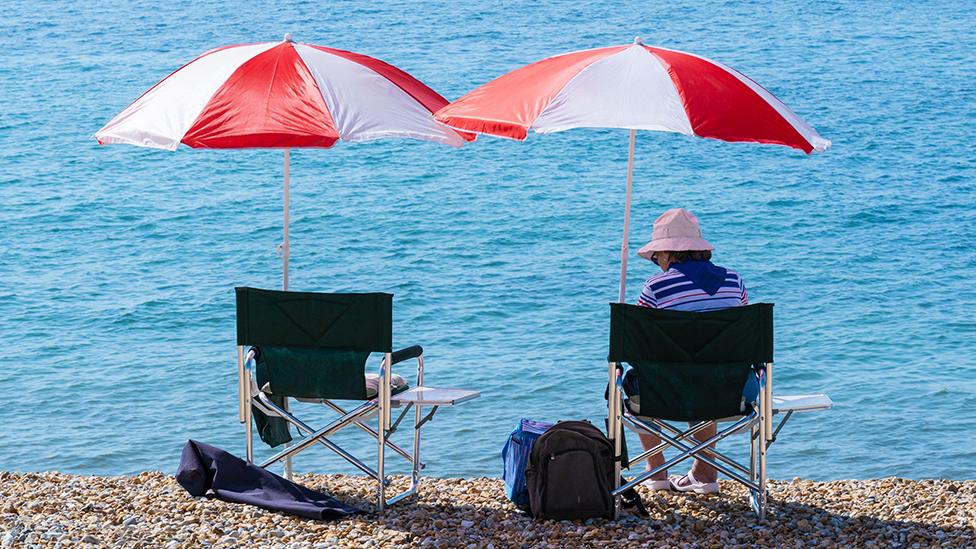2021: A year of weather extremes in Northern Ireland
- Published
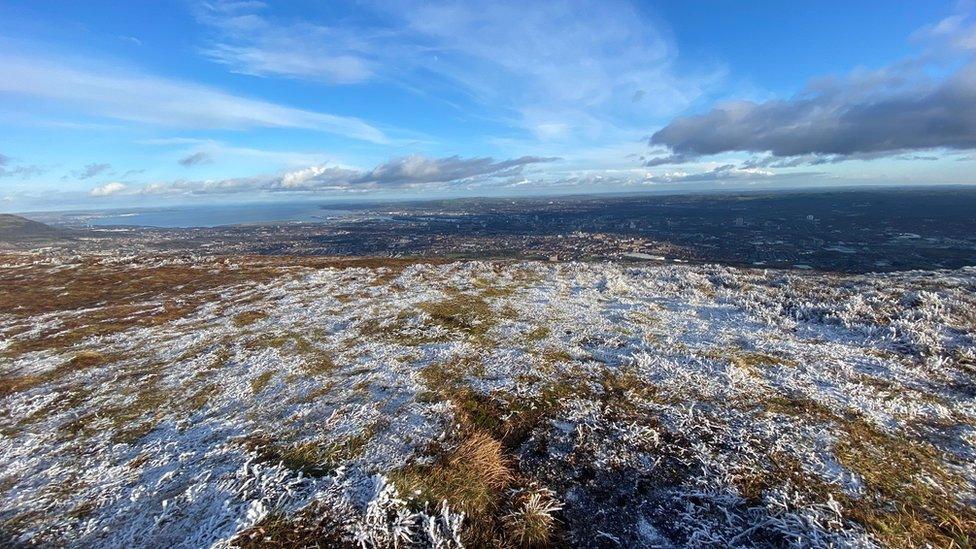
Belfast Hills on a cold January morning
2021 was a year of weather extremes across Northern Ireland.
From a cold wintry start, to record-breaking low temperatures in spring, to extreme heat in the summer, and to a remarkably dull autumn.
It began with the coldest January since 2010 with the mean temperature 1.4C below average.
Cold spring
New records began to be set in April when Northern Ireland enjoyed much more sunshine than normal.
In fact, we had almost 50% more sun that we normally enjoy in the second month of spring.
That made it the sunniest April in 102 years with 217 hours of sun recorded.
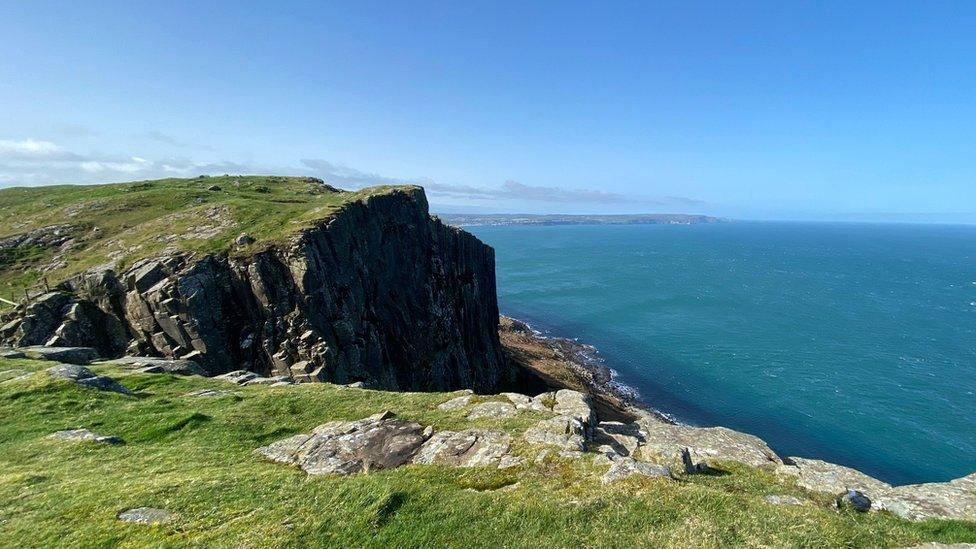
Sunny April on the Antrim coast
The sunshine didn't do much for temperatures though, as the mean temperature fell 1.1C below average at 6.5C.
The cold weather continued into May and a new record was set in Katesbridge, County Down.
Air frosts were recorded at the weather station there for 12 days that month.
It normally has two and a half days of air frost in the final month of meteorological spring.
The previous record at the site was in 2010 when eight days of air frost were recorded.
The hamlet more often than not records some of the lowest temperatures in Northern Ireland - and across the whole island, in fact.
However, Castlederg in County Tyrone is the holder of the lowest temperature on record.
Official thermometers there fell to a finger numbing -18.7C in December 2010 making it the coldest spot in Northern Ireland.

Castlederg has held records for both the hottest and coldest temperatures in NI
Hot summer
This year, temperatures in the town rose 50C above that chilly temperature to make it also the hottest place.
A new record of 31.3C was set on 21 July beating the previous record of 31.2C set just days earlier at Ballywatticock in County Down on 17 July.
Armagh city almost beat that with a higher temperature of 31.4C on 22 July.
However, the weather station there failed subsequent verification checks carried out by the Met Office.
Despite the very high temperatures it was only the third hottest July on record with an average temperature of 16.5C - almost 2C above average.
Overall, according to figures from the Met Office, it was also the third hottest summer on record.
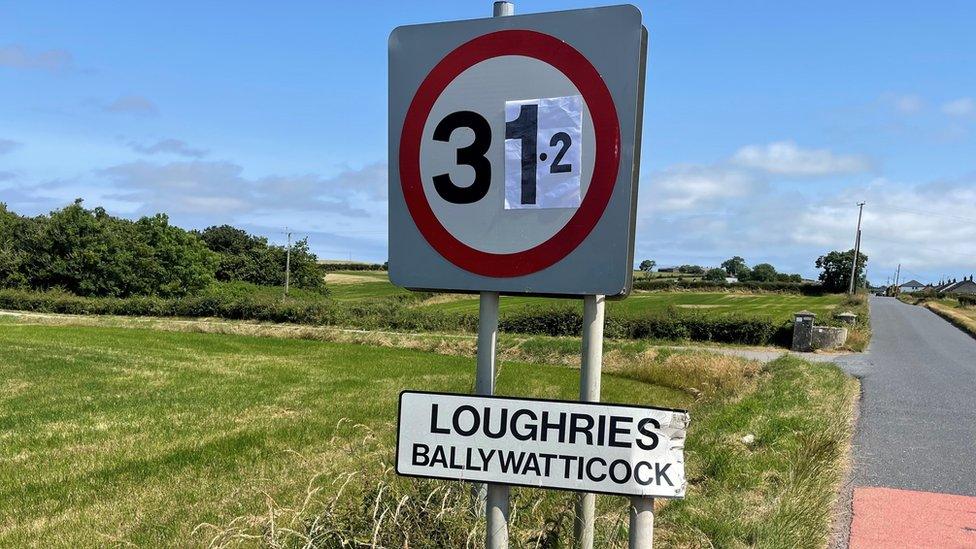
Ballywatticock recorded a temperature of 31.2C on 17 July 2021
Warm and dull autumn
Autumn continued the record-breaking trend when the average overnight temperature in September was set at 10.7C.
That beat a 15-year-old record of 10.5C set in September 2006.
Coincidentally September 2021 was also the joint warmest on record along with September 2006 with an average temperature of 14.2C.
Also noteworthy is that despite it being the joint warmest it was also the dullest September since 1965 with just 74.3 hours of sunshine.
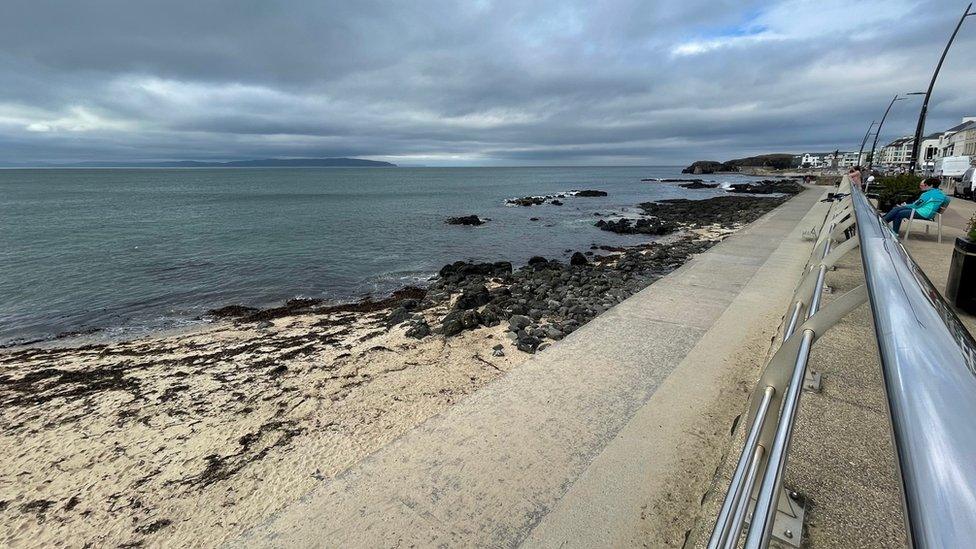
A dull September in Portstewart
The warmer and duller trend continued in October and November when the average temperatures were up by 1.6C and 1.2C respectively.
Both months saw a drop in the average sunshine, especially November when Northern Ireland got just 64% of the normal amount of sun.
Sunshine decreased in October by 2%.
Together, this led to it being the warmest autumn on record and also the dullest in 75 years.
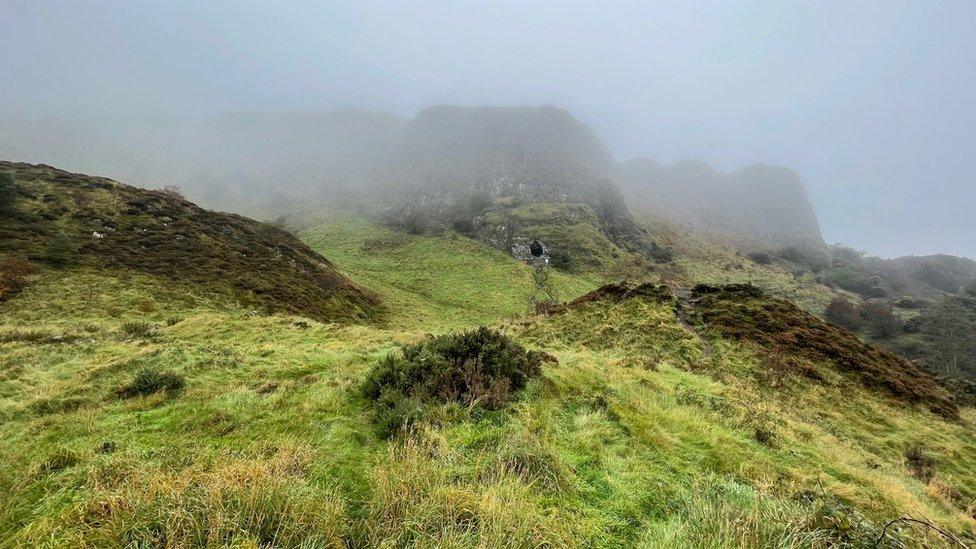
A dull October on Cavehill in Belfast.
With an average temperature of 11C, the months of September, October, and November were collectively 1.5C above normal.
And, overall, with just 194.3 hours of sunshine we had just 77% of the normal amount of sun we would see in those three months.
The year ended with a record-breaking mild spell of weather.
Warm winter
Temperatures in the days leading up to the end of 2021 were well above average.
This resulted in the warmest New Year's Eve on record.
Thermometers hit 14C in several locations - temperatures normally seen in April and October.
The previous record was 13C set in 1974 in Pubble Forest in Fermanagh and matched in 2011 at Murlough in County Down, and 2014 in Loughgall in County Armagh.
Related topics
- Published2 August 2021

- Published4 October 2021

- Published1 December 2021
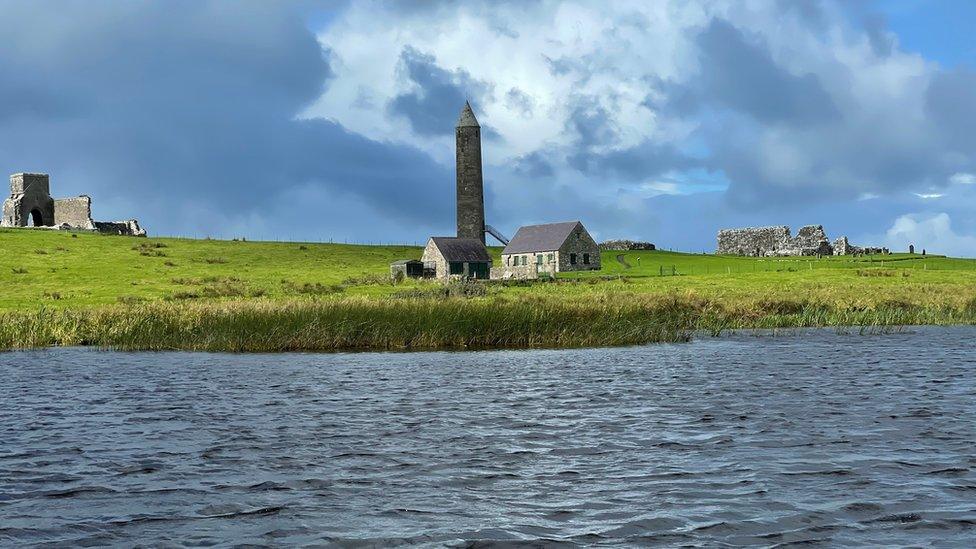
- Published21 July 2021
